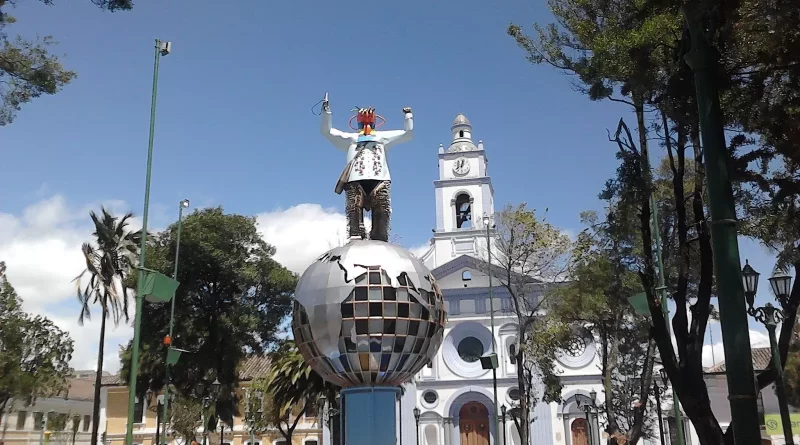Exploring Ecuador’s Natural Wonders: Cotopaxi volcano, Quitsato museum, and the Biscuits of Cayambe
Embark on a journey through Ecuador’s mesmerizing landscapes, where nature’s marvels and cultural treasures intertwine to create an immersive tapestry of experiences. The Cotopaxi region, graced by the majestic Cotopaxi volcano and Quitsato Museum, along with the quaint town of Cayambe, beckons with its natural beauty and cultural significance.
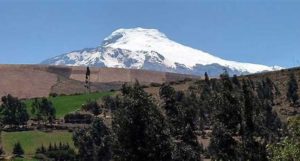
Imagine standing at Latitude 0°0’0″, where the equatorial line intersects with the mighty Cotopaxi volcano. Here lies the Quitsato Museum, an ode to this unique location. It’s a place where visitors delve into the significance of being at this exact center, exploring the cultural, astronomical, and geographical relevance of this remarkable site.

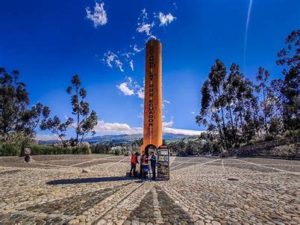
Cayambe is a haven where nature thrives, and traditions flourish. Amidst this picturesque setting, encounters with llamas—the regal creatures of the Andes—beckon travelers. But what truly tantalizes the senses is the artisanal delight known as the biscuit of Cayambe.
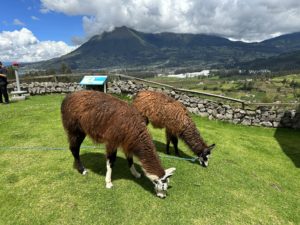
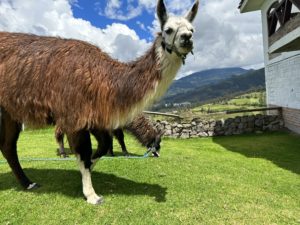
The Artisanal Biscuit of Cayambe: Crafted by skilled artisans with generations of expertise, the biscuit of Cayambe stands as a testament to Ecuador’s culinary heritage. These delectable treats, handcrafted and baked to perfection, offer a symphony of flavors that captivate the palate.
Visitors to Cayambe have the rare opportunity to indulge in these biscuits while they’re still warm, fresh out of the oven. The experience is not just about savoring a biscuit; it’s about savoring a piece of Ecuadorian tradition, feeling the warmth of its culture in every bite. the best ones are next to the cemetery.
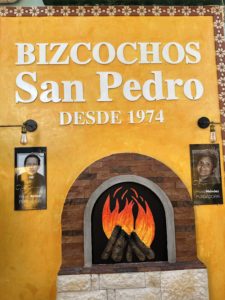
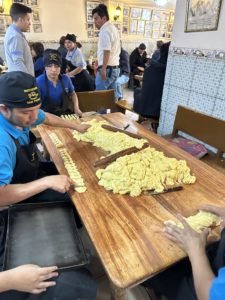
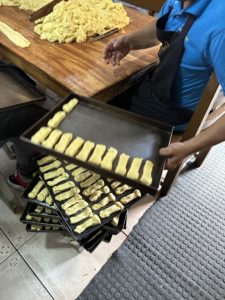
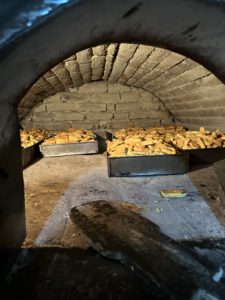
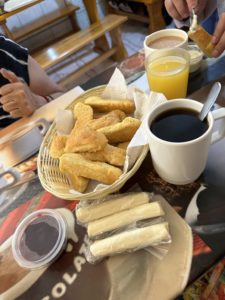
The Cotopaxi region and Cayambe town offer a harmonious blend of natural wonders and cultural richness. They invite explorers to witness the beauty of Ecuador’s landscapes and immerse themselves in the heritage that defines the soul of the nation.
As we journey through these remarkable sites, we’re reminded of the profound connection between nature, culture, and culinary traditions—a bond that enriches our understanding of Ecuador’s diverse tapestry.

